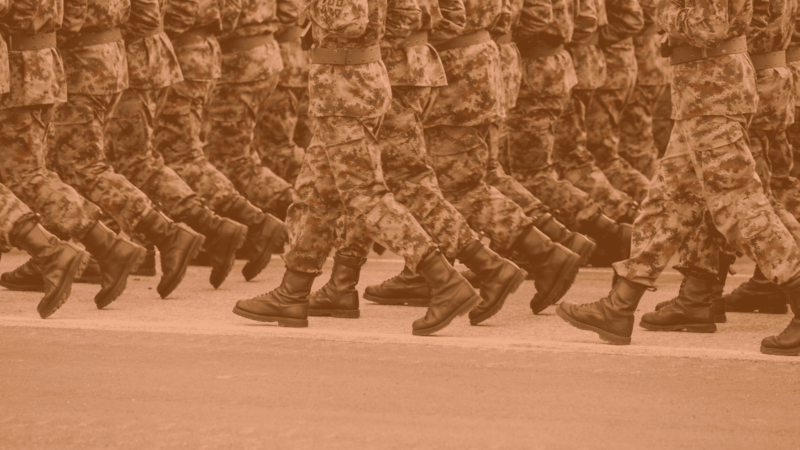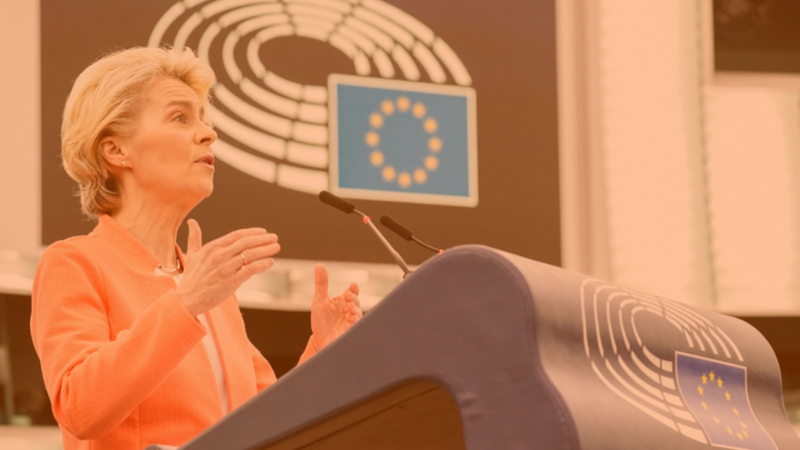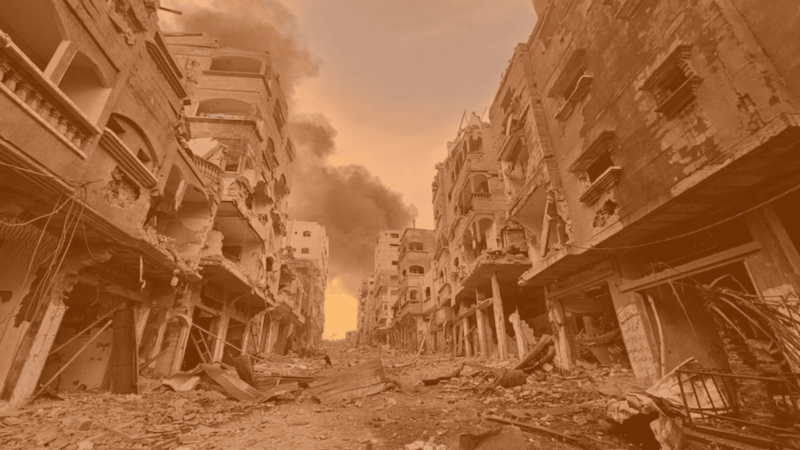In order to eliminate ‘violence against women’, we must address how power is gendered.
The Declaration on the Elimination of Violence Against Women issued by the UN General Assembly in 1993, defines violence against women as “any act of gender-based violence that results in, or is likely to result in, physical, sexual or psychological harm or suffering to women, including threats of such acts, coercion or arbitrary deprivation of liberty, whether occurring in public or in private life.”
Even before COVID-19, violence against women was one of the most widespread violations of human rights, with almost 18 percent of women and girls experiencing physical or sexual violence by an intimate partner over a 12-month period.
We look at the numbers and we ask ourselves a lot of questions in silent shame, in a state of political displacement and confusion that resolves itself in a generalised helplessness and despondency. With such large and appalling numbers: 243 Million women and girls a year suffer from partner-related violence and domestic abuse, where does my sense of self stand? How does it survive under such a crushingly shared oppression?
This is about violence and power.
In a world where women, girls and feminised bodies are silenced physically, emotionally, psychologically and socially, the numbers of the horrors tell the story of a violence of systemic and oppressive proportions: truly, power is gendered.
“[o]ne husband beating his wife is personal violence, but one million husbands keeping one million wives in ignorance constitutes structural violence”
— Johan Galtung,1969
Violence against women, while it classifies as a human rights issue, is unfortunately not unexplainable nor an anomaly in our societies.
The mutilated bodies of girls, the dead bodies of women, the women incarcerated in oppressive social structures or servitude, the psychologically erased, the migrant girls and women who live in limbos of precariousness in camps and war zones: they are points of failure that no one wants to take responsibility for. Rejected and abjected they become the responsibility of humanitarian aid efforts and dealt within a neoliberal crisis logic. The very real plights of these women and girls become percentages and bargaining chips, effectively dehumanising and erasing them.
Any woman is an intersection of vulnerabilities and precariousness.
On the morning of the 25th of November millions woke up to news of femicide in Italy: on the very day when the world mourns the horror and magnitude of this violence, two women are found dead, killed by their male partners. But the news of these deaths went further than just the facts, the circumstances and the story of violence. The reporters and newscasters were quick to provide answers: crimes of passion and jealousy. The need for journalists to provide answers and motives, and declare them as facts, is aimed at locking the narrative of femicide in individualism.
The woman betrays the male imperative, threatens his place in society, denies him his prerogative and is punished with death: as a victim she is no longer a problem. In the moment of death the woman’s body reveals itself to be a “Dense site for complex histories of oppression,” (Judith Butler) a death that is ritualised and recounted repeatedly, a necessary and inevitable sacrifice to male exceptionality with the purpose of oppressing possible dissent.
The rule of law and tribunals may or may not prove these men’s guilt.
Gender violence often doesn’t make the news –it is in the realm of private terror enshrined in familial structures and cultural customs. As Mona Eltahawy puts it: “The State, the Street, and the Home can all see the power of a feminist revolution… the Trifecta of misogyny.”
States are created as machines that deal with crisis and ruptures that in fact use these moments increasingly as their defining moments. Ordinary and unexceptional moments of violence, of everyday horrors, don’t register, have become unreadable and have rendered the state and its institutional bodies complicit in its unwillingness to take action. After all the state, to all intents and purposes, is a CisMale ‘body’.
“The shift away from violence that is exceptional to understanding violence as something that can be habitual and reoccurring is particularly appropriate to provide insight into gendered forms of violence.”
— A J Innes, B J Steele, 2019
The home becomes the preferred theatre for the performance of these acts of systemic oppression. It is in familial relationships that abuse is perpetrated (13% of global female and trans population).
The home has become the place to which the whole world has retreated during the pandemic, and it has led to a shadow pandemic of domestic violence with up to a 40% increase in reported abuse.
The female body comes back into the public domain only when it has been left for dead and has to find a new place of belonging.
Whose is the dead woman’s body?
It cannot exist in limbo. It has to be accounted for (in fact in various parts of the world and especially in mexico and the US bodies are disappeared, taking erasure to an epidemic level), and in this moment of crisis, between the moment of death and the assertion of culpability, this moment is filled with the reassuring narratives of patriarchy, when the perpetrator is invariably excused for his crime of passion to re-establish his honour.
In a political and economic system that has monopolised all moral and political decisions, the family and the woman’s body become the theatre of patriarchal power.
We at the Taskforce for Feminism, Diversity and Disabilities understand Feminism is about exploring how power works: What woman, child, black body, trans, has not suffered from dismissal, has not been silenced and made irrelevant, marginalised in their very idea of how space is to be occupied (or vacated maybe more accurately). We learn to give way, to make excuses, to hold our tongues, to hide in despair and find consolation in abjection or objectification. We may even hold on to what little privileges we may have, just to survive.
That is why we are launching a campaign at DiEM25 addressing domestic violence in 2021 as part of our ongoing work to raise awareness on the issue.
If gender is relational in that privileging masculine qualities relies on and promotes the devaluation of feminine qualities, would it not be therefore logical to investigate and understand how such a relation of power can be intersected with similar relationships of power? For example race, class, disabilities: these are all places where power exercises its muscle and creates social, economic and political relationships built on similar relational privileges that require devaluation as intrinsic to its persistence.
Structural inequalities need to be rescued from crisis politics.
We need a global understanding of violence, just as a Green New Deal for Europe acknowledges the global perspectives of economy and environment, reading violence against women as an intersection of power relations will also show us the way. Failure to see the inter-relatedness of all kinds of gendered violence serves to perpetuate the cycle and allows power relations to remain hidden and un-scrutinised.
The massive social, economic and political implications of the oppression and erasure of 243 Million women per year cannot be underestimated. Annual costs of intimate partner violence were calculated at $5.8 billion in the United States of America and $1.16 billion in Canada. In Australia, violence against women and children costs an estimated $11.38 billion per year. Domestic violence alone costs approximately $32.9 billion in England and Wales.
The UN campaign #orangetheworld is ongoing till the end of the month.
You can contribute to shaping our campaign by contacting the Taskforce: fdd@diem25.org.
Photo Source: Photo by Karolina Grabowska from Pexels.
Do you want to be informed of DiEM25's actions? Sign up here















